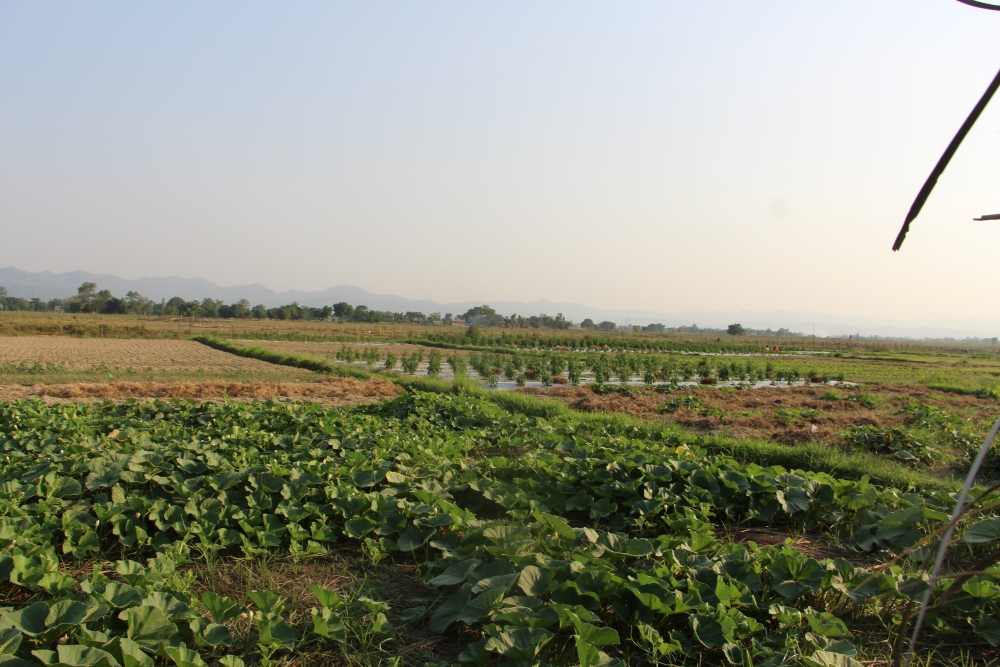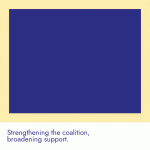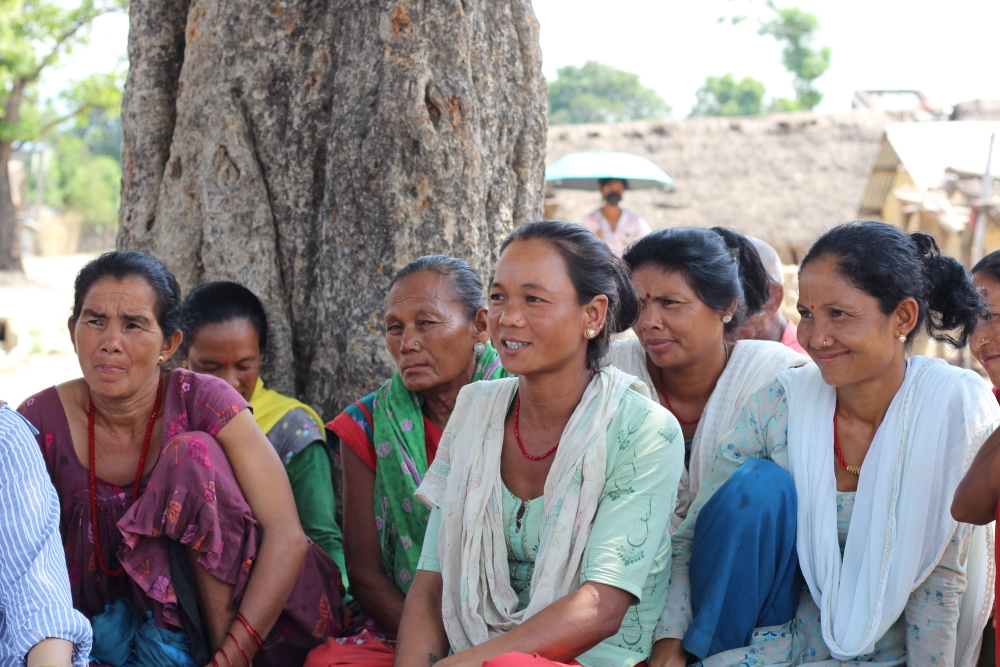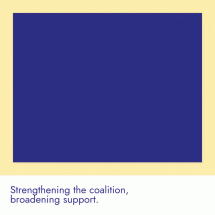In the lush valleys of Nepal, where the mighty Himalayas cast their shadow, a quiet revolution is taking root. This revolution is not one of machinery or industry but of the soil, the land, and the resilient spirit of near-landless sharecroppers. Under the banner of UN-Habitat and the Government of Nepal through the Ministry of Land Management, Cooperatives and Poverty Alleviation, Nepal is embracing a transformative initiative titled “A Safety Net of Innovative Land Tenure Solutions for Near-Landless Sharecroppers and for a Greener Rural Nepal’. The four-year project, funded by the Ministry of Food, Agriculture and Rural Affairs of Republic of Korea, launched in August 2023 builds on the comparative strengths of UN-Habitat and the Global Land Tool Network (GLTN) previous and ongoing engagements in Nepal since 2016.
Significant progress in land tenure formalization is being witnessed under this initiative in the four municipalities of Lamahi, Rajpur, Gadhwa, and Rapti- the home to indigenous Tharu people traditionally dependent on agriculture without formal tenure on their land. With the identification, verification and recordation of their tenure using the participatory enumeration tools based on Social Tenure Domain Model (STDM) through the respective local governments and project partner Community Self Reliance Centre (CSRC) over 24,000 farmers who once toiled on lands without titles are now seeing the fruits of their labor materialize in the form of land ownership. Having temporary cards in their hands and issuance of land titles from legal authorities in place data collection is turning the concept of land tenure into a tangible reality. This initiative is creating a robust foundation for secure land rights, essential for the socio-economic stability of these communities. This project was preceded with a previous GLTN-UN-Habitat engagement in Nepal in the 14 municipalities dating back to 2016.

In the four aforementioned project sites, households, previously cultivating private and government land without formal agreements, are being engaged in structured contract farming. Local municipalities have taken proactive steps by developing regulations and guidelines to support these efforts. The federal and the provincial governments are close behind, crafting comprehensive frameworks to bolster this progress. This is a testament to the power of community and the resilience of Nepal’s farmers, who are embracing structured agricultural practices with renewed hope. In the absence of formal contracts, likely differences between landowners and farmers and unsecured tenure highlight the urgent need for clear land tenure rights. Over 4,500 farmers operate under verbal agreements, creating an unstable and uncertain farming environment. Addressing these conflicts through clear and formalized land tenure agreements is critical for fostering trust and stability in agricultural practices. This initiative aims to transform these verbal agreements into secure, documented land tenure, ensuring long-term security for farmers.
In the villages along riverbeds and forest reserves, the specter of flooding looms large. These communities are on the frontlines of climate change, vulnerable to natural disasters that threaten their livelihoods. Integrating climate resilience strategies into land use planning is not just an option; it is a necessity. Local initiatives like bio-fertilizer production and synchronized cropping are shining examples of how communities can adapt and thrive despite these challenges. By adopting these practices, farmers are not only protecting their crops but also contributing to a greener environment.
As the initiative moves forward, several action points are being prioritized by the project stakeholders to ensure sustainable progress. High-level engagement with the federal government is needed to align conflicting regulations and instill confidence in the land reform process. Collaborative efforts between municipalities and local partners is envisioned to create detailed, participatory land use plans, incorporating climate resilience and livelihood strategies in line with the Nepal’s National Land Use Policy of 2015 and the subsequent Land Use Act of 2019. Identifying critical areas for flood mitigation and integrating these measures into land use planning will safeguard communities and bolster agricultural resilience. Targeted education campaigns will empower communities, helping them understand and engage with formal land tenure processes. Forming groups of champion landowners to promote and test contract farming will drive long-term sustainability and acceptance of new agricultural practices.
The story of rural Nepal’s transformation is one of hope, resilience, and community. Through innovative land tenure solutions, near-landless sharecroppers are not only securing their rights but also cultivating a greener, more prosperous future. The collaboration between local communities, municipalities, provincial and the federal government, supported by GLTN and UN-Habitat, is the cornerstone of this transformative journey. As Nepal sows the seeds of change, it reaps the promise of a brighter, greener tomorrow.












